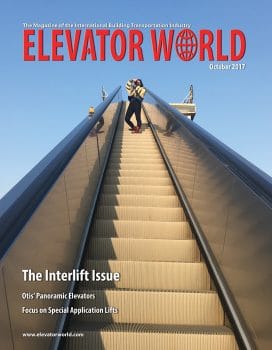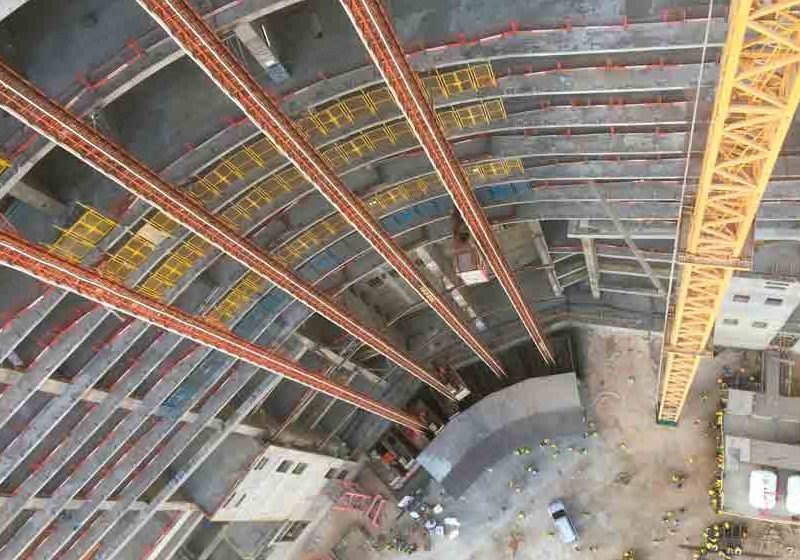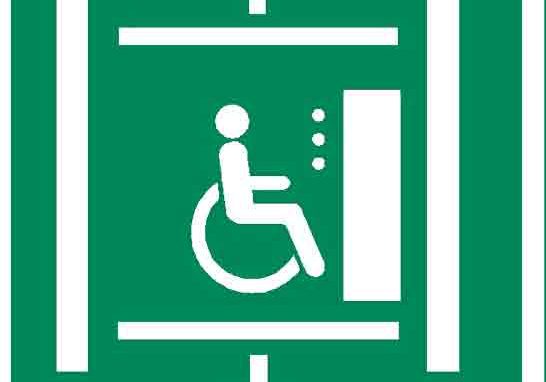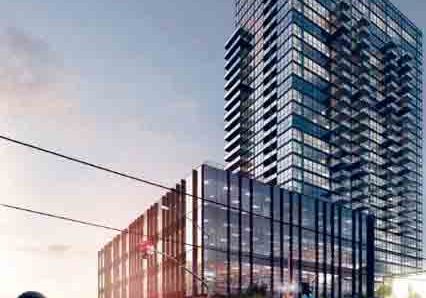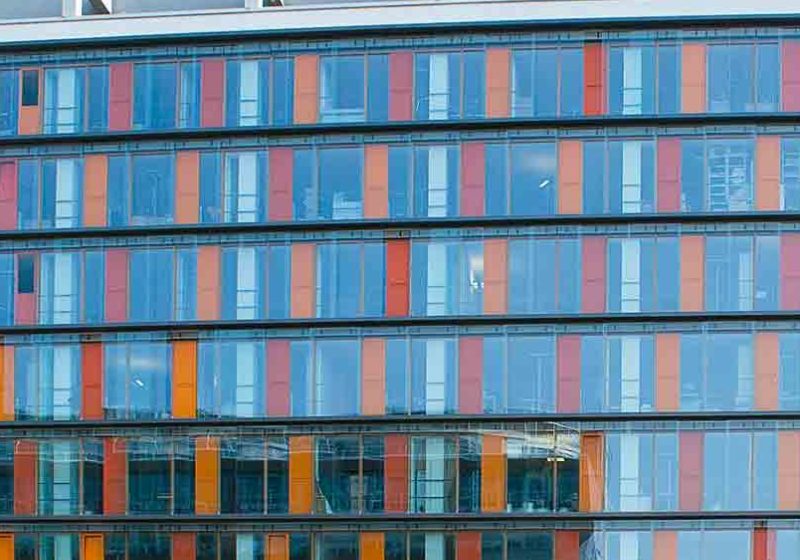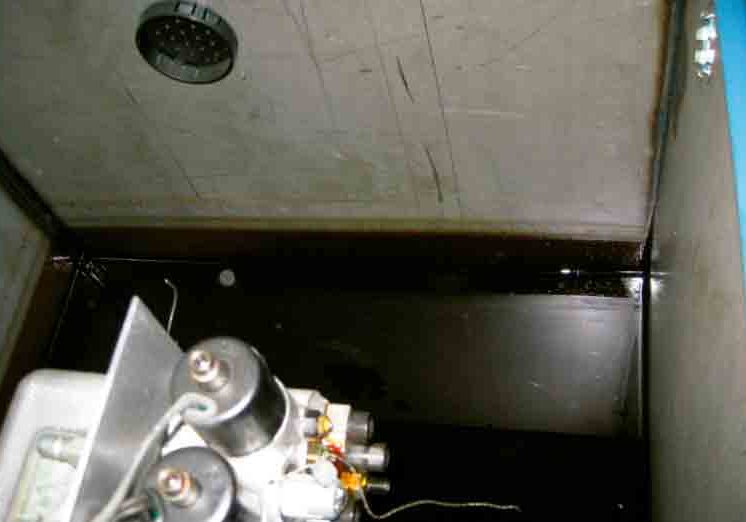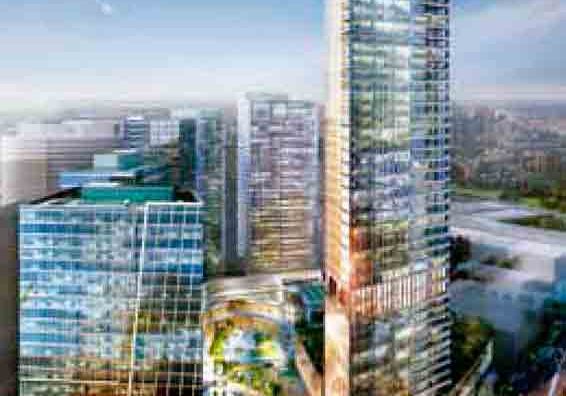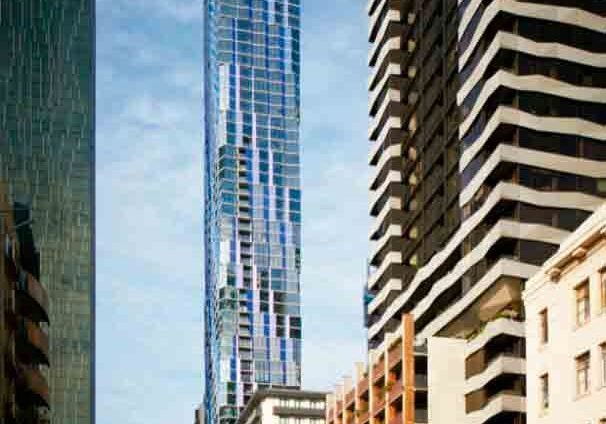Interlift 2017: The Place to Be
Oct 1, 2017

The world’s leading VT trade fair promises to be bigger and more international than ever before.
Since its founding 26 years ago, Interlift continues to grow, setting new records every year. With tens of thousands of visitors expected to descend on Messe Augsburg in Augsburg, Germany, on October 17-20, it is, without question, the must-attend event for vertical-transportation (VT) professionals from around the world. If a company attends just one trade show every few years, chances are this will be it.
The brainchild of German industry association VFA-Interlift, the 1991 inaugural event had 155 exhibitors — roughly half from Germany — and drew approximately 9,200 visitors. Manufacturers of elevators, escalators, components and accessories, along with providers of related services, have always had a presence at major fairs such as Hannover Messe, but those in the industry wanted a fair exclusively their own. That was delivered by VFA-Interlift and organizer AFAG Messen und Ausstellungen GmbH with Interlift, held every three years until 1999, when it became biannual.
The upcoming iteration has lots to offer. AFAG reports that this year’s event will:
- Be more international than ever before, with a record-breaking 46 countries represented.
- Feature more than 570 companies, approximately 30 more than in 2015 and more than three-and-a-half times that at the first event.
- Likely see an increase in the number of visitors from the 20,440 who attended in 2015.
- Feature VFA’s Smart Elevators/Industry 4.0 forum, with an introductory talk by Dr.-Ing. Wolfgang Vogel about the significance of Industry 4.0 to VT. Additional speakers will provide insight about international elevator markets and discussions on the topic of megacities.
Keeping up to date on the latest innovations, according to organizers, make attendance at Interlift a high priority, elaborating:
“A wealth of innovations in almost all areas of elevator construction awaits. There will be pioneering, new versions of safety components, as well as shaft and cabin doors. The vendors of controls and frequency converters will offer further developments and improvements. The question of saving energy has not been settled, and the topic of design is as open as ever, as will be clear from the tableaux and cabins [on display].
“In addition to the core area, suppliers will be displaying novelties such as fixtures, shaft cables, pulleys, wiring, guide shoes, oilers and spare parts.”
More companies with complete accessibility solutions will be at this year’s fair, and a broader array of home and platform lifts will be exhibited. Emergency call-system providers will also be on hand, which organizers point out is particularly important to Germany in light of the Reliability Ordinance of 2015 requiring that all existing installations be outfitted with such systems by 2021.
Innovations being unveiled come from all over the world, with more than 71% of exhibitors based outside Germany. The greatest number, 97, is from Italy, described by AFAG as “a great elevator nation” with an exceedingly high number of elevators per capita. Due to turbulent internal market conditions, Italian manufacturers have come to rely on Interlift as their “gateway to the world,” as evidenced by the extensive joint participation of ANICA (Italian elevator components association) in Interlift. The fair “has become the indispensable platform of these small and medium-sized companies for opening up international markets,” AFAG states.
Greater participation from companies outside Germany reflects the evolution of Interlift into a truly international event. Following Italy in number of exhibitors are China (65), Spain (42), Turkey (38), France (16), the U.K. (15), Greece (13), the U.S. (10) and Sweden (eight). Chinese exhibitors are among those putting greater investment into the show, with several standalone exhibits much larger than those used when they were part of a joint booth.
With growing participation comes the need for more space and technology to improve comfort and efficiency. The event has traditionally spanned Messe Augsburg halls 1-7. In 2015, the Cube and a temporary exhibition hall, the Pavilion, were added. This year, the location of the Exhibitor Evening has been moved from hall 6 to the business area of the WWK Arena soccer stadium, which can accommodate up to 1,500 guests. More than 500 attended last Interlift’s Exhibitor Evening in 2015, and, notes AFAG, “It certainly would have been more if there had been more room.” Free shuttle service will be available to and from the arena. AFAG also plans to run three shuttle lines regularly between the WWK parking lot, Munich Airport and Augsburg Central Railway Station. A new, second entrance area constructed between halls 1 and 7 in 2015 further eases crowd flow with its digital admission system.
All the information one needs to prepare for the fair — including the exhibitor directory, full schedule and travel tips — can be found at interlift.de
Augsburg: A European Jewel[1]
Interlift’s agenda is enough to keep attendees busy from dawn until well after dark, but, for those with extra time, history-rich Augsburg is filled with one-of-a-kind landmarks, museums and architectural treasures that are found nowhere else in the world.
The third-largest city in Bavaria after Munich and Nuremburg, Augsburg has a population of approximately 286,000 and is about an hour’s drive from the Munich Airport. It is in south-central Germany at the convergence of two Alpine rivers. Natural beauty abounds — with nature parks, forests and a botanical garden and zoo among the city’s attractions.
Although it has grown into a vibrant industrial town with major companies such as Siemens and Amazon, Augsburg’s long, rich and colorful history remains on prominent display. The skyline looks like something out of storybook, filled with spires and towers, many predating 1700. The Renaissance-style Town Hall, for example, was built in 1620. Artist Hans Holbein the Younger, known for famous works such as a portrait of Henry VIII, was born in Augsburg. A number of artists were also drawn to the city seeking patrons during its bank and metal boom of the 15th and 16th centuries.
Its history dates back far earlier than that, however, as it was founded in 15 BC by the Roman Emperor Tiberius and his son Drusus, and named for Emperor Augustus.
A place this old has all the history of drama, bloodshed and religion one would expect. At Museum Lutherstiege, located in St. Anne’s Church, visitors can learn about the main events and developments of the Reformation that took place in Augsburg as they feast their eyes upon the Baroque and Rococo architectural elements of the church.
Palaces and other structures built by members of the city’s two main banking families (who became wealthier and more powerful than the Medicis) have been perfectly preserved. Augsburg is known far and wide as the home of the German Renaissance and Rococo architectural styles, but its charm goes far deeper than that: It has a puppet theater, the world’s first artificial whitewater rafting course, a historic locomotive museum and the Mozarthaus, the preserved home of the birthplace of Leopold Mozart, father of Wolfgang Amadeus. This only scratches the surface of all this charming city has to offer. For more information, visit augsburg-tourismus.de.
Reference
[1] en.wikipedia.org/Augsburg
Get more of Elevator World. Sign up for our free e-newsletter.

